Would this bother you enough to make a stink about it?
newhomeowner2011a
12 years ago
Related Stories

MOST POPULARA Fine Mess: How to Have a Clean-Enough Home Over Summer Break
Don't have an 'I'd rather be cleaning' bumper sticker? To keep your home bearably tidy when the kids are around more, try these strategies
Full Story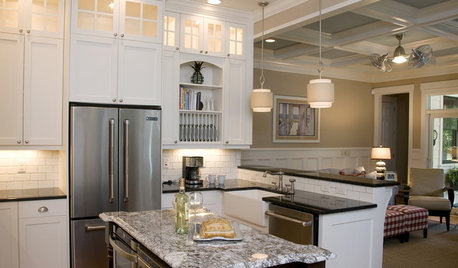
KITCHEN DESIGNStay Cool About Picking the Right Refrigerator
If all the options for refrigeration leave you hot under the collar, this guide to choosing a fridge and freezer will help you chill out
Full Story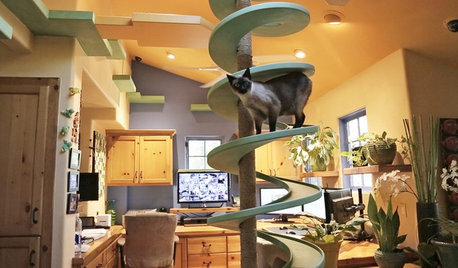
PETSIncredible Home Catwalks Make for Purr-fectly Happy Felines
Walkways and tunnels custom built to the tune of about $35,000 keep a homeowner’s 18 cats on cloud nine
Full Story
COMMUNITYCommunity Building Just About Anyone Can Do
Strengthen neighborhoods and pride of place by setting up more public spaces — even small, temporary ones can make a big difference
Full Story
KITCHEN DESIGNHouzz Call: Tell Us About Your First Kitchen
Great or godforsaken? Ragtag or refined? We want to hear about your younger self’s cooking space
Full Story
HEALTHY HOMEWhat You Need to Know About Dust and How to Fight It
Breathe easier with these 10 tips for busting mites, dander and other microscopic undesirables
Full Story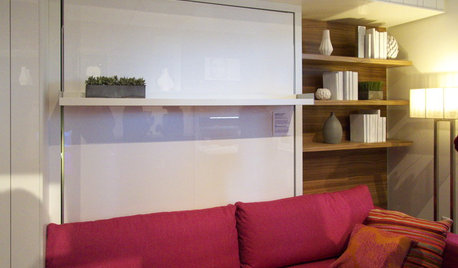
SMALL HOMESMaking Room: Discover New Models for Tiny NYC Apartments
Explore a New York exhibition of small-space design proposals that rethink current ideas about housing
Full Story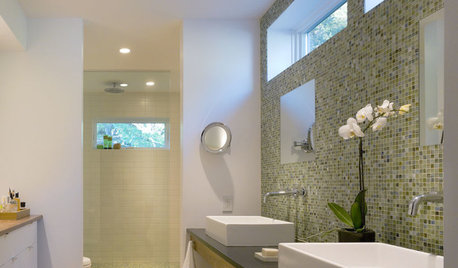
REMODELING GUIDESWhat to Know About Budgeting for Your Home Remodel
Plan early and be realistic to pull off a home construction project smoothly
Full Story
LIGHTINGWhat to Know About Switching to LED Lightbulbs
If you’ve been thinking about changing over to LEDs but aren't sure how to do it and which to buy, this story is for you
Full Story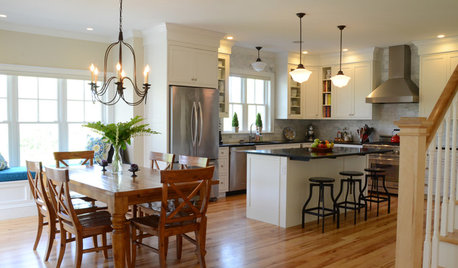
BUDGETING YOUR PROJECTHouzz Call: What Did Your Kitchen Renovation Teach You About Budgeting?
Cost is often the biggest shocker in a home renovation project. Share your wisdom to help your fellow Houzzers
Full StoryMore Discussions






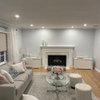
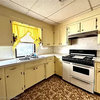
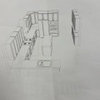

sierraeast
brickeyee
Related Professionals
Everett Kitchen & Bathroom Designers · Midvale Kitchen & Bathroom Designers · Palmetto Estates Kitchen & Bathroom Designers · Piedmont Kitchen & Bathroom Designers · Fremont Kitchen & Bathroom Remodelers · Saint Helens Kitchen & Bathroom Remodelers · Fairmont Kitchen & Bathroom Remodelers · Forest Hills Kitchen & Bathroom Remodelers · Boise Interior Designers & Decorators · Clinton Township Interior Designers & Decorators · Van Wert Interior Designers & Decorators · Langley Park General Contractors · Mililani Town General Contractors · Mount Holly General Contractors · Riverdale General Contractorsrenovator8
lavender_lass
sierraeast
jmc01
pam29011
renovator8
sierraeast
brickeyee
renovator8
newhomeowner2011aOriginal Author
sierraeast
kudzu9
annzgw